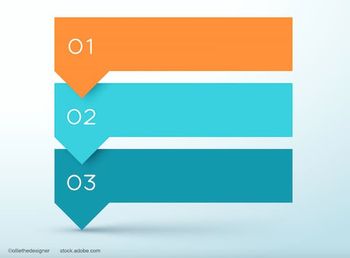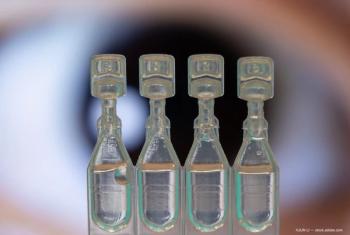
Promising results for faricimab revealed in TENAYA, LUCERNE year 2 data
Scott Walter, MD, an investigator in the TENAYA and LUCERNE trials discusses the year 2 data for the treat-and-extend regimen of faricimab for the treatment of nAMD and DME.
Video transcript
Note: This transcript has been lightly edited for clarity.
Scott Walter, MD: Hi, my name is Scott Walter. I'm a retina specialist in Hartford, Connecticut. And I wanted to talk today a little bit about the year 2 data from the TENAYA and LUCERNE trials.
So TENAYA and LUCERNE were the phase 2 pivotal clinical trials leading to the FDA approval of faricimab for the treatment of patients with neovascular AMD. And in year 1 of the trial, we know that patients got 4 monthly loading doses of faricimab and then patients went into extended treatment arms of 8-, 12-, or 16-week fixed dosing intervals. And that was based on disease activity assessments that took place at week 20 and 24.
In year 2 things changed a little bit in terms of the protocol. So beginning at week 60, patients were eligible to extend or shorten their treatment intervals based on disease activity assessments occurring at each study visit. So this became more of a treat-and-extend type protocol, patients could go ahead by 4 weeks or back by 4 to 8 weeks depending on those disease activity assessments. So I think what happens in year 2 is very interesting to us as retina specialist because it kind of—it reflects maybe how we practice in the real world with a treat-and-extend practice pattern.
So in year 2, 60% of patients were able to extend their dosing interval by 4 more weeks, and the vast majority of patients maintain those dosing intervals through the end of year 2 at 112 weeks.
Ultimately, the number of patients who are maintained at Q-60 week dosing intervals increased from 45% at the end of year 1 to 63% at the end of year 2. So it's really impressive how, you know, the the numbers just keep going up in terms of the proportion of our patients who can be maintained at these extended dosing intervals, about 4 out of 5 patients can be treated in a Q-12 to 16 week dosing intervals, throughout 2 years of treatment with faricimab.
So I think this new therapy really has tremendous promise, the best corrected visual acuity gains and central subfield thickness reductions that were observed in year 1 were maintained in year 2, there were no significant safety signals, low rate of intraocular inflammation and really, absolutely no cases of inclusive or non-inclusive retinal vasculitis identified in the second year of the trial.
So I think this gives us a lot of confidence as retina specialists, as we begin transitioning some of our patients from other anti-VEGF therapies to this new molecule, which is both an anti-VEGF agent and a dual pathway inhibitor that also blocks Ang-2 that we can really achieve extended durability in the vast majority of our patients.
Newsletter
Don’t miss out—get Ophthalmology Times updates on the latest clinical advancements and expert interviews, straight to your inbox.














































.png)


